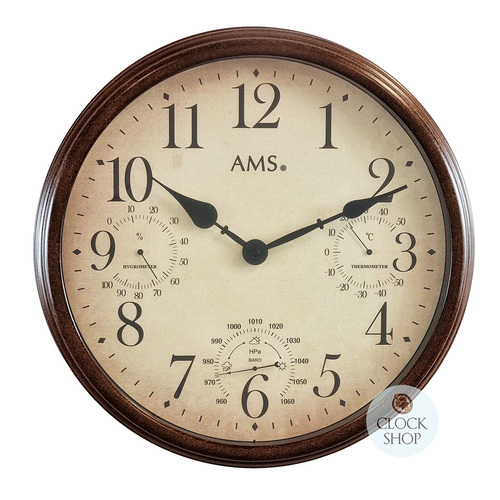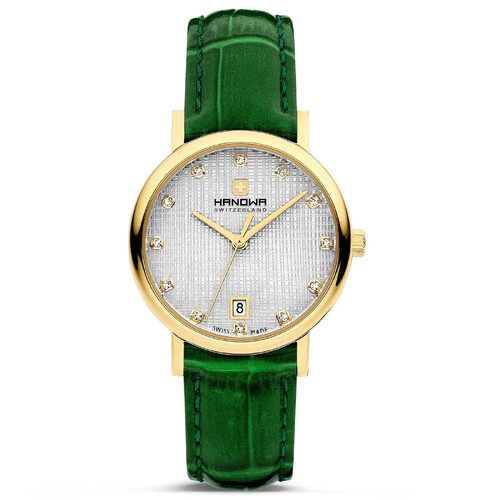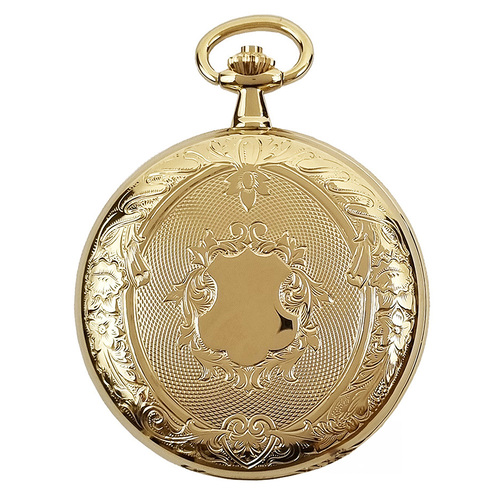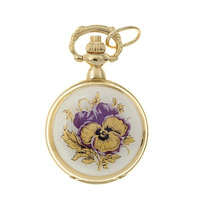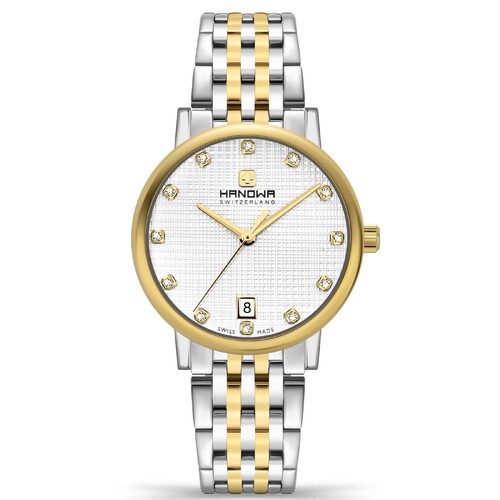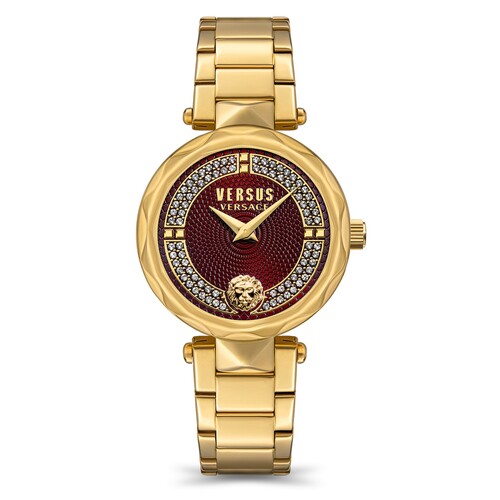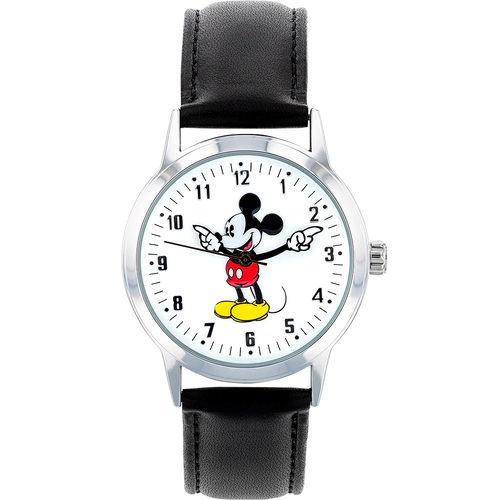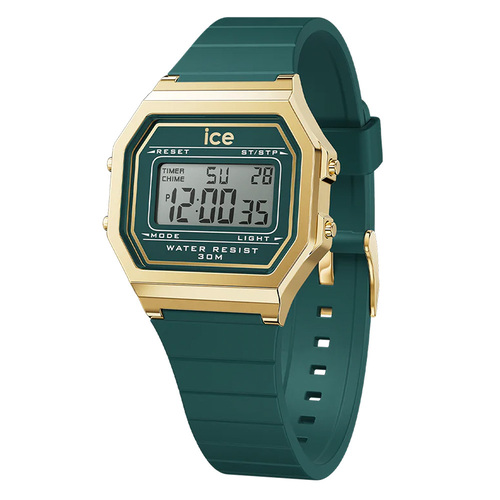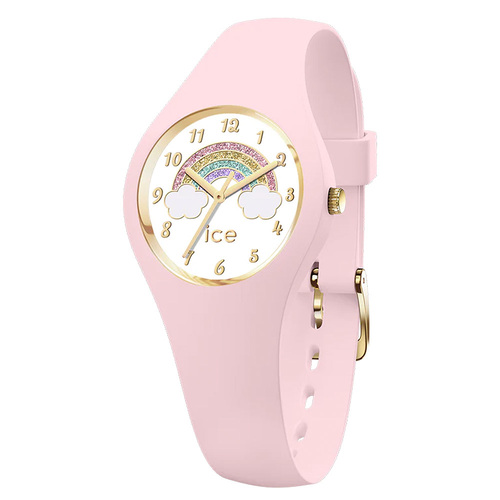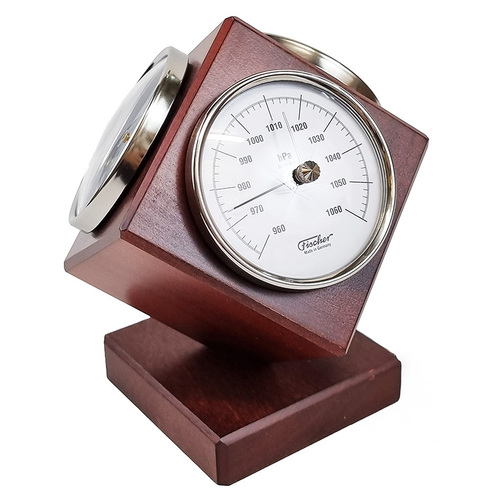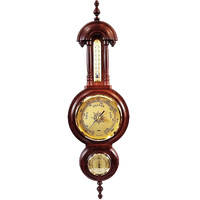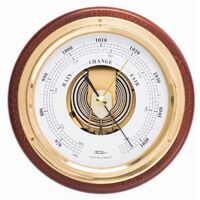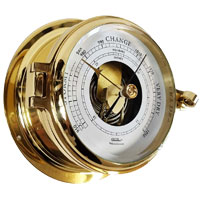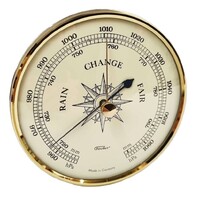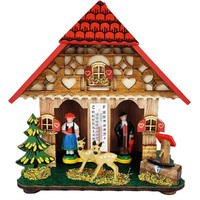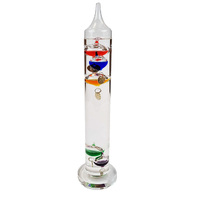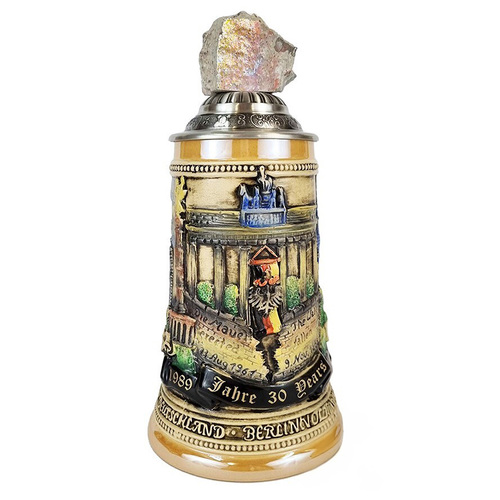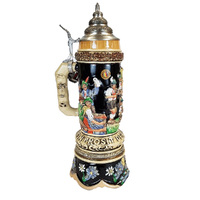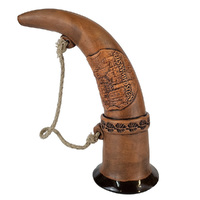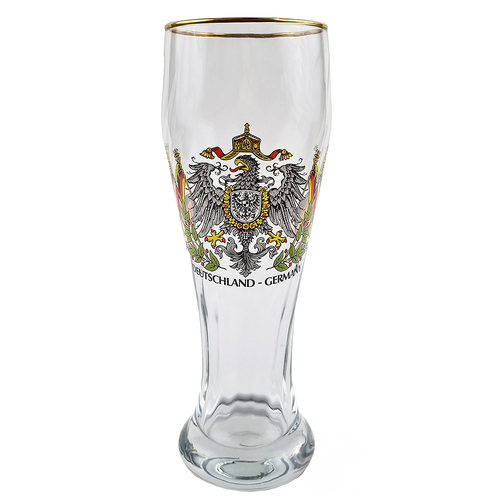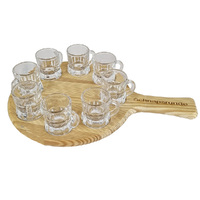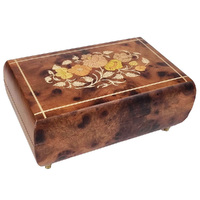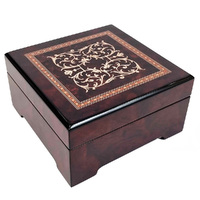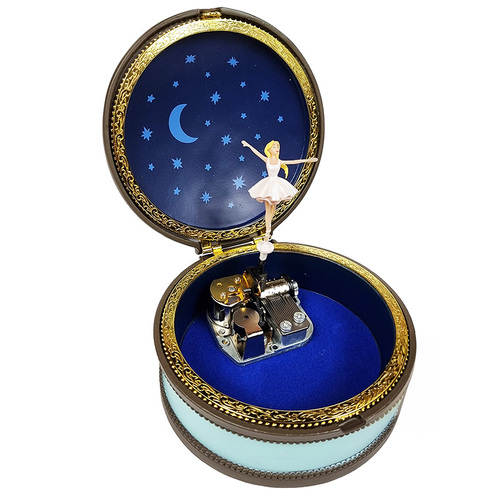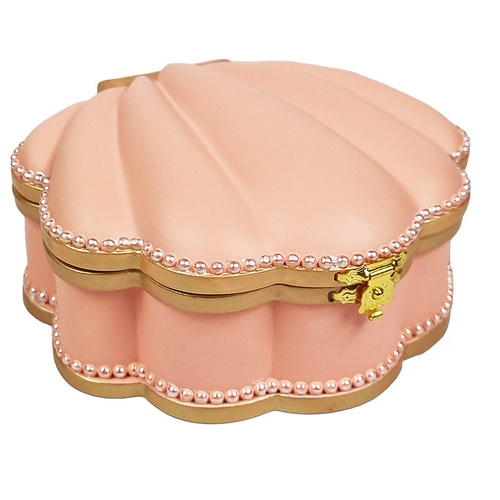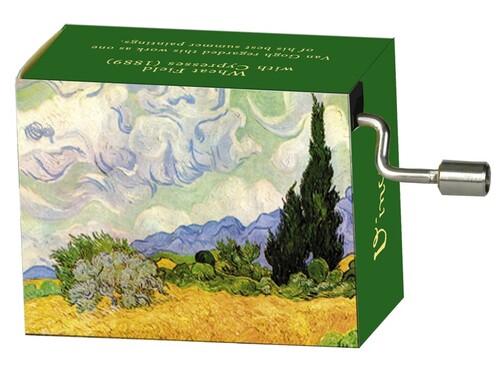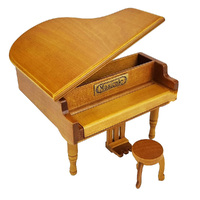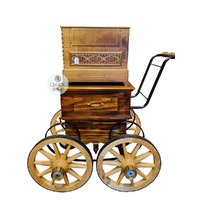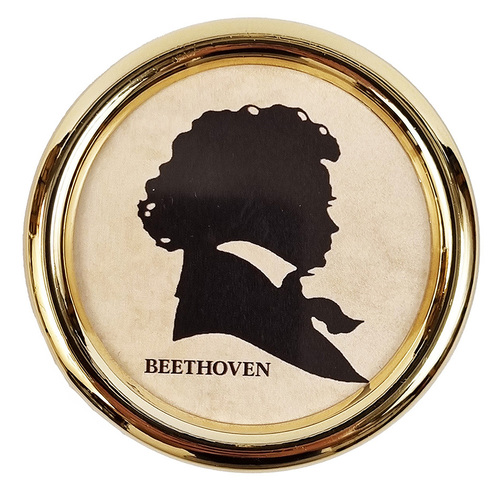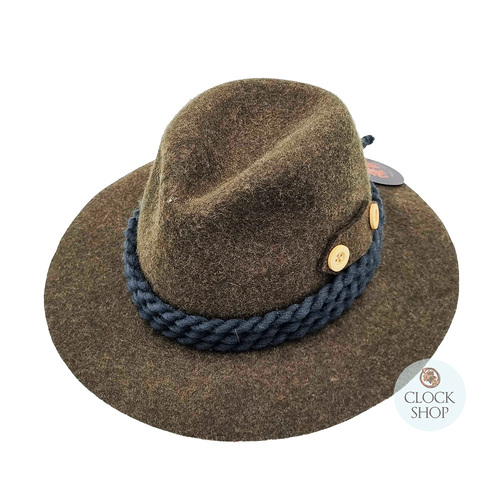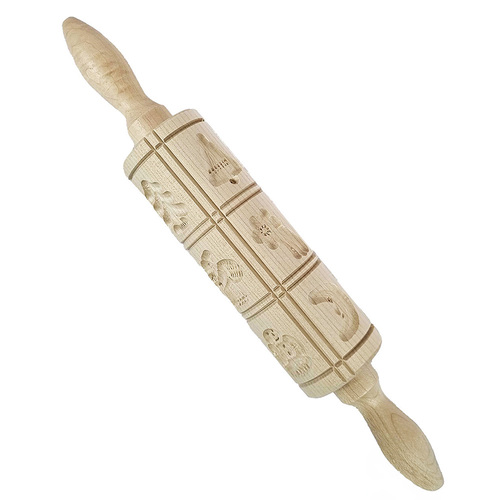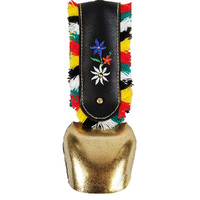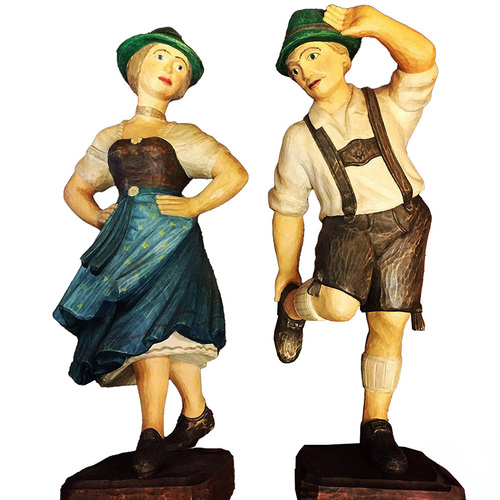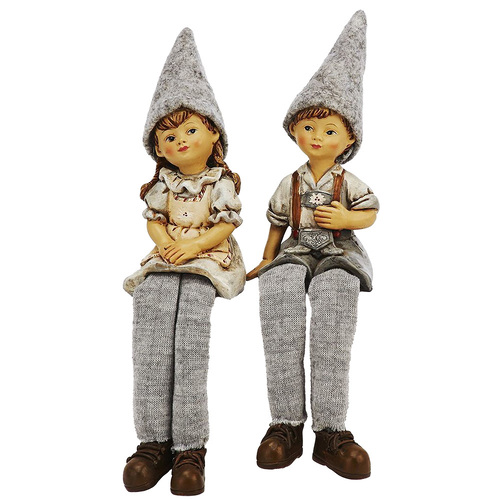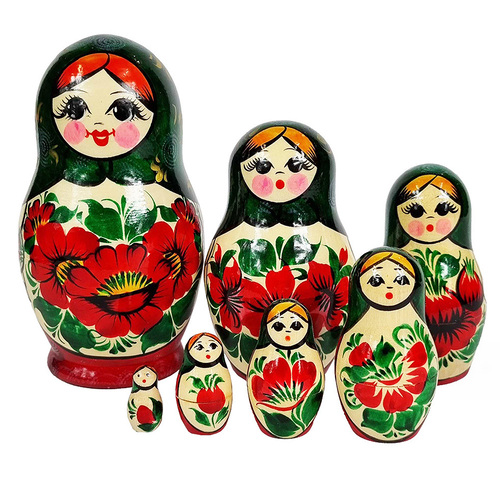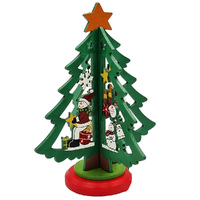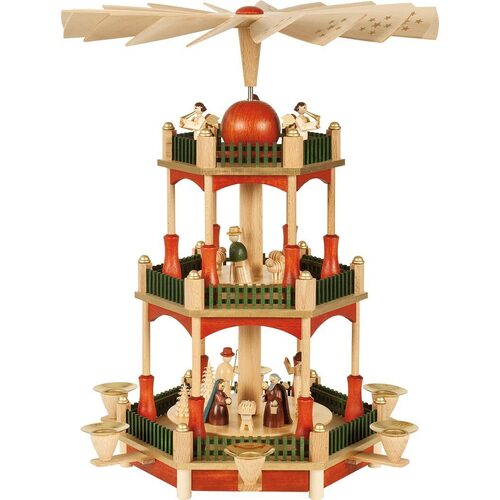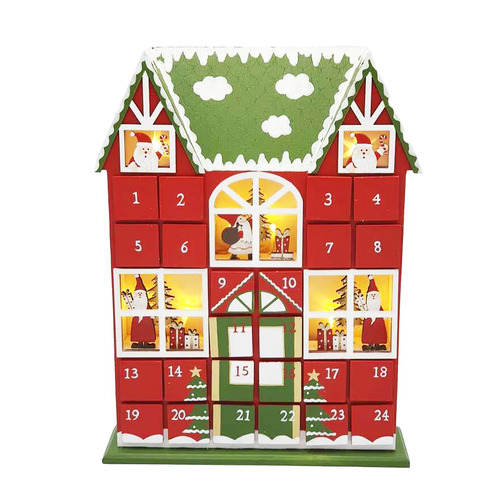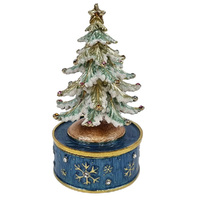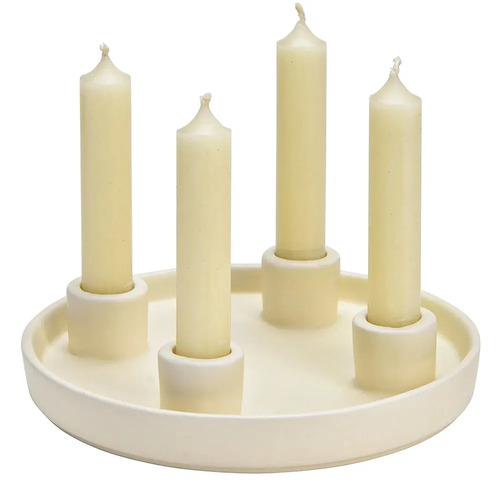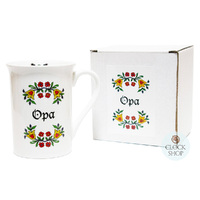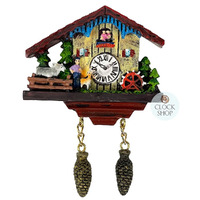The Evolution of Timekeeping: Classic vs. Modern Timepieces
Author: Clock Shop Date Posted:1 January 2025
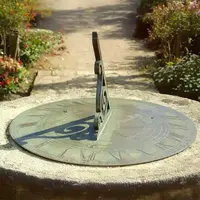
Timekeeping has long been an integral part of human civilization for millennia. Driven by the need to track seasons for agriculture, navigate by the stars, and coordinate social activities, our ancestors developed ingenious methods to measure the passage of time.
The earliest known timekeeping devices emerged in ancient Egypt and Mesopotamia around 3500 BCE. Sundials provided a rudimentary way to measure the passage of daylight hours. As civilizations advanced, so did their timekeeping methods. Water clocks (clepsydras) and mechanical clocks with gears and escapements began to appear, offering greater accuracy and portability.
The Renaissance saw a flourishing of horological artistry. Exquisitely crafted mechanical clocks, adorned with intricate decorations became symbols of wealth and status. Pocket watches and elegant wrist watches gained popularity, becoming essential accessories. The Industrial Revolution brought about significant advancements in clockmaking. Mass production techniques made clocks more affordable, whilst technological innovations lead to increased precision and reliability.
The 20th century witnessed the emergence of electronic clocks, powered by quartz crystals, offering unprecedented accuracy and affordability. Digital clocks and watches transformed how we perceive and interact with time. Today, we live in an era of unprecedented technological advancement. Smartwatches, equipped with a myriad of features beyond timekeeping, have revolutionised how we interact with technology and the world around us.
The Rise Of Modern Timepieces
Both modern and classic timepieces have evolved into powerful fashion statements, reflecting personal style and societal trends. With their sleek designs and customisable features, Smart watches have become a symbol of technological advancement and a connected lifestyle. They seamlessly integrate with other tech devices and allow users to express their individuality through a variety of watch faces, bands, and apps. These marvels of technology offer a world beyond simply telling time. Fitness tracking, notifications, music controls, contactless payments – the list goes on. And with constant innovation, they push the boundaries of what's possible, offering cutting-edge features, health and convenience at your wrist. There’s no doubt that Digital watches and digital clocks are surging in popularity in the modern society of today, and will continue to grow and evolve as human fascination with time will drive innovation for generations to come.
Back To Classics
On the other hand, classic timepieces evoke timeless elegance and sophistication. Crafted with meticulous attention to detail, these timepieces are built to last generations, becoming cherished heirlooms that carry a rich history and sentimental value. A key factor in the enduring appeal of classic timepieces lies in the craftsmanship and high-quality materials used in their creation. Many watchmakers and clockmakers have been perfecting their craft for centuries, as is the case with many Black Forest cuckoo clock makers of Germany.
Classic pocket watches and pendant watches exude timeless elegance and craftsmanship. Pocket watches are often housed in ornate silver or gold cases, and were once the epitome of sophistication and status. Their intricate inner workings were crafted by skilled artisans, and represent a pinnacle of mechanical ingenuity. Pendant watches, often worn by women, were more delicate and often adorned with intricate engravings. These elegant timepieces were recognised as symbols of wealth, fashion, and personal style. Today, these classic watches are certainly making a comeback as more and more people make the personal choice of a classic timepiece over a modern device.
Traditional wall clocks and grandfather clocks also possess a timeless charm, and evoke a sense of nostalgia and history. The grand demeanor of these clocks is often accentuated by rich wood finishes and intricate inlays, creating a sense of grandeur and tradition. Beyond their timekeeping function, these clocks serve as cherished family heirlooms, passing down stories and memories throughout generations. Their appeal lies in their ability to seamlessly blend with various interior styles, adding a touch of classic sophistication to any living space, with many offering nostalgic tones such as Westminster Chime, St Michael’s and Whittington’s chimes. These timepieces are more than just functional devices; their intricate craftsmanship and grand presence creates a sense of warmth and history within a home.
In Conclusion:
The evolution of timekeeping reflects the ever-changing human experience. From the ancient sundial to the cutting-edge smartwatch, we've witnessed a remarkable journey driven by both necessity and a desire for innovation. Classic timepieces, with their intricate craftsmanship and timeless elegance, offer a connection to the past, serving as symbols of heritage and enduring style. Modern timepieces on the other hand, represent the pinnacle of technological advancement, offering seamless functionality and integration into our digital lives. However, the lines between these two worlds are blurring. A number of people are choosing to embrace both worlds – such as a smartwatch for everyday convenience and a classic timepiece for special occasions, as a cherished heirloom, or simply as a timeless expression of their unique style.
This convergence suggests a future where timekeeping becomes a personalised expression of individual style, offering a bridge between tradition and innovation, and a reflection of our ever-evolving relationship with time itself. As technology continues to evolve, we can expect even more remarkable advancements in timekeeping.

